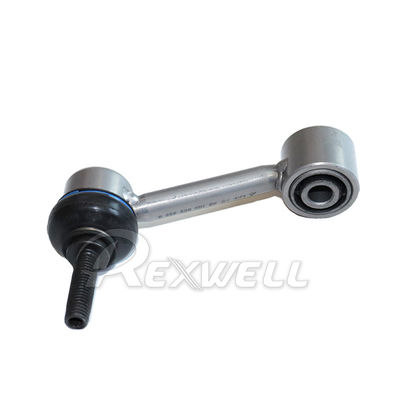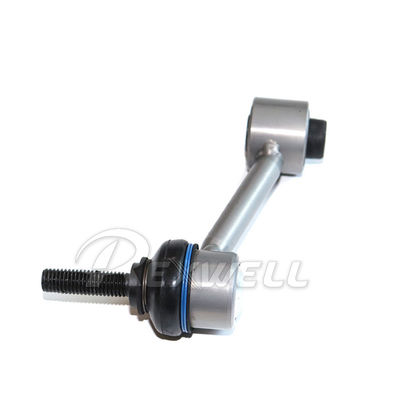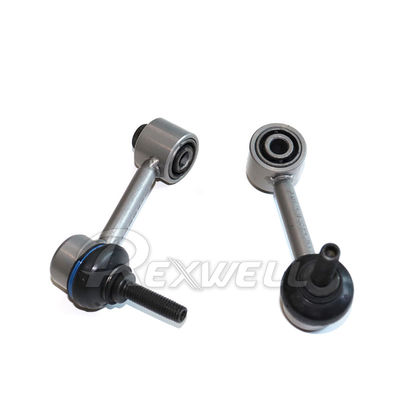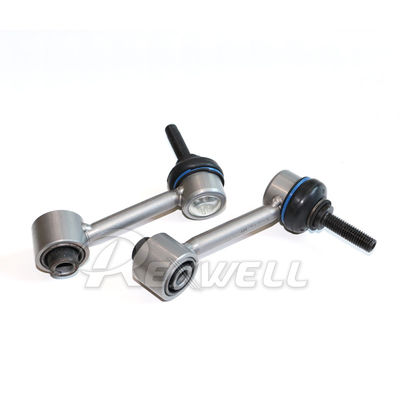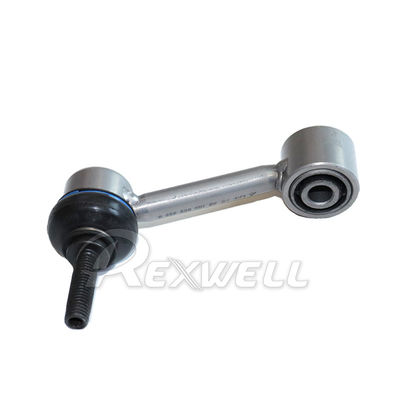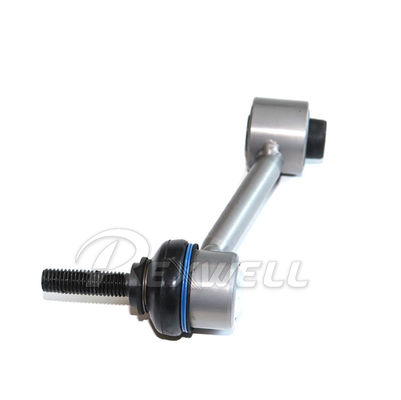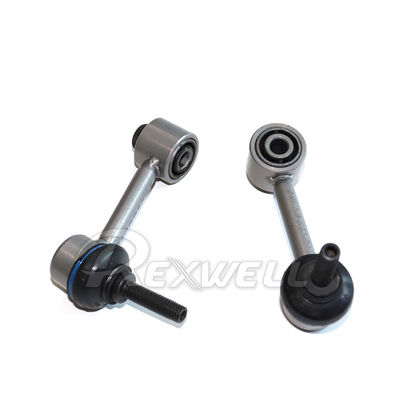-
Toyota Auto Parts
-
Nissan Auto Parts
-
Hyundai Auto Parts
-
Spark Plugs And Ignition Coil
-
Car Shock Absorbers
-
Auto Suspension Parts
-
Auto Transmission Parts
-
Auto Brake Parts
-
Auto Engine Parts
-
Car Sensor Parts
-
Timing Chain Kit
-
Car Water Pump
-
Auto Steering Parts
-
Belt Tensioner And Pulley
-
Car Filters
-
Other Auto Parts
Suspension Stabilizer Sway Bar Link VW Audi A1 8X Rear Coupling Rod 1K0505465AA 1K0505465D 1KD505465C 1K0505465R
| Place of Origin | China |
|---|---|
| Brand Name | REXWELL |
| Certification | ISO9001 |
| Model Number | 1K0505465AA 1K0505465D 1KD505465C 1K0505465R |
| Minimum Order Quantity | 10 |
| Price | 3.6 |
| Packaging Details | Rexwell/As customers' requests |
| Delivery Time | 7 working days |
| Payment Terms | T/T,Western Union,Money Gram,Paypal |
| Supply Ability | 50000/Month |
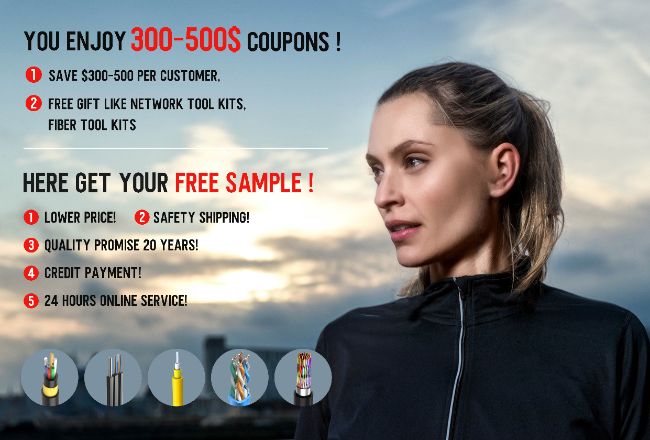
Contact me for free samples and coupons.
WhatsApp:0086 18588475571
Wechat: 0086 18588475571
Skype: sales10@aixton.com
If you have any concern, we provide 24-hour online help.
x| Product Name | Suspension Stabilizer Sway Bar Link Rear Coupling Rod | OEM | 1K0505465AA 1K0505465D 1KD505465C 1K0505465R |
|---|---|---|---|
| Application | Volkswagen Tiguan Audi A3 Q3 A1 | Size | Standard |
| Color | Grey | Warranty | 12 Months |
| Shipment | DHL/UPS/FEDEX/Air Cargo/Sea Shipping | ||
| Highlight | Suspension Stabilizer Sway Bar Link,Audi A1 Stabilizer Sway Bar Link,1K0505465AA Stabilizer Sway Bar Link |
||
Suspension Stabilizer Sway Bar Link VW Audi A1 8X Rear Coupling Rod 1K0505465AA 1K0505465D 1KD505465C 1K0505465R
Product Description:
Stabilizer links are components of a vehicle's suspension system that play a crucial role in maintaining stability and reducing body roll during cornering and maneuvering. Here is a detailed description of stabilizer links:
-
Construction: Stabilizer links are typically made of durable materials such as steel or aluminum. They are designed to withstand the forces and stresses encountered during vehicle operation.
-
Link Design: Stabilizer links are generally long, slender rods or bars that connect the suspension components to the sway bar (anti-roll bar). They are usually attached to the chassis or body of the vehicle at one end and to the suspension component at the other end.
-
Sway Bar Connection: The stabilizer link connects the sway bar to the suspension system. The sway bar is a rigid metal bar that runs horizontally across the front or rear of the vehicle and is designed to resist the vehicle's body roll during cornering.
-
Ball Joints or Bushings: Stabilizer links incorporate ball joints or bushings at each end. These components allow for smooth articulation and movement of the link as the suspension system reacts to road conditions and cornering forces. The ball joints or bushings also provide flexibility while maintaining a secure connection between the link and the suspension components.
-
Function: When a vehicle encounters a corner or uneven road surface, the body tends to roll or lean to one side. The stabilizer links help minimize this body roll by transmitting the forces between the suspension components and the sway bar. They provide a counteracting force that resists the vehicle's tendency to lean, improving stability, handling, and overall control.
Features:
Stabilizer links incorporate several features to ensure effective stabilization and durability in a vehicle's suspension system. Here are some common features of stabilizer links:
-
Material: Stabilizer links are typically made of high-quality materials such as steel or aluminum alloy. These materials provide strength, rigidity, and resistance to corrosion, ensuring long-lasting performance.
-
Ball Joints or Bushings: Stabilizer links feature ball joints or bushings at each end. These components allow for smooth articulation and movement of the link as the suspension system reacts to road conditions and cornering forces. The ball joints or bushings also provide flexibility while maintaining a secure connection between the link and the suspension components.
-
Adjustable Length: Some stabilizer links have an adjustable design, allowing for fine-tuning of the suspension system. By adjusting the length of the stabilizer link, the stiffness or preload of the sway bar can be modified, providing customizable handling characteristics and improved performance.
-
Grease Fittings: Many stabilizer links come equipped with grease fittings or zerk fittings. These fittings allow for periodic lubrication of the ball joints or bushings, reducing friction and wear and prolonging the lifespan of the link.
-
End Link Design: Stabilizer links can have different end link designs, including straight links, bent links, or links with adjustable angles. The design of the end links ensures proper fitment and alignment with the sway bar and suspension components, maximizing the effectiveness of the stabilizer link.
Technical Parameters:
| Parameter | Value |
|---|---|
| Product Name | Suspension Stabilizer Sway Bar Link Rear Coupling Rod |
| OEM | 1K0505465AA 1K0505465D 1KD505465C 1K0505465R |
| Application | Volkswagen Tiguan Audi A3 Q3 A1 |
| Color | Grey |
| Warranty | 12 Months |
| Package | Rexwell or as customers' requests |
| Delivery time | 7 working days |
| Payment | T/T,Western Union,Money Gram,Paypal |
| Shipment | DHL/UPS/FEDEX/Air Cargo/Sea Shipping |
Applications:
Stabilizer links have widespread application in various types of vehicles. Their primary purpose is to enhance stability and reduce body roll during cornering and maneuvering. Here are the key applications of stabilizer links:
-
Passenger Cars: Stabilizer links are commonly used in passenger cars, including sedans, hatchbacks, and coupes. They are typically installed in the front and/or rear suspension systems to improve stability, handling, and control during turns.
-
SUVs and Crossovers: Stabilizer links are found in many SUVs (Sport Utility Vehicles) and crossovers. These vehicles often have larger sway bars to counteract the higher center of gravity and reduce body roll during cornering.
-
Trucks and Pickup Trucks: Stabilizer links are utilized in trucks and pickup trucks to enhance stability and handling, especially when carrying heavy loads or towing trailers. The presence of stabilizer links helps minimize body roll and maintain better control over the vehicle's movement.
-
Commercial Vehicles: Stabilizer links are also employed in various commercial vehicles such as delivery vans, light trucks, and buses. They assist in stabilizing the vehicle's body during turns, contributing to improved safety and maneuverability.
-
Sports Cars and Performance Vehicles: Stabilizer links are commonly used in sports cars and performance vehicles. These vehicles often have specially tuned suspension systems with larger sway bars and adjustable stabilizer links to provide precise handling and reduce body roll during aggressive driving.
-
Off-Road Vehicles: Stabilizer links are found in off-road vehicles such as SUVs, trucks, and specialized off-road vehicles. They play a crucial role in maintaining stability and control while tackling uneven terrains and challenging off-road conditions.
Support and Services:
We offer technical support and services for our Ball Joint Tie Rod Stabilizer Link products. Our technical support team is available to answer any questions you may have about installation, maintenance, troubleshooting, and other related topics. We also offer a variety of services, such as repairs, replacements, and upgrades, to ensure your product is working properly and safely. Whether you need assistance with installation, maintenance, or just have a question, our technical team is here to help.
Packing and Shipping:
Packaging and Shipping for Ball Joint Tie Rod Stabilizer Link:
The product is packed in a carton box to ensure the product is protected and free from any damage. The box is labeled with the product name, details, and shipping address. The product is then shipped to the customer via a reliable shipping service with tracking information.
![]()
![]()
![]()
![]()




